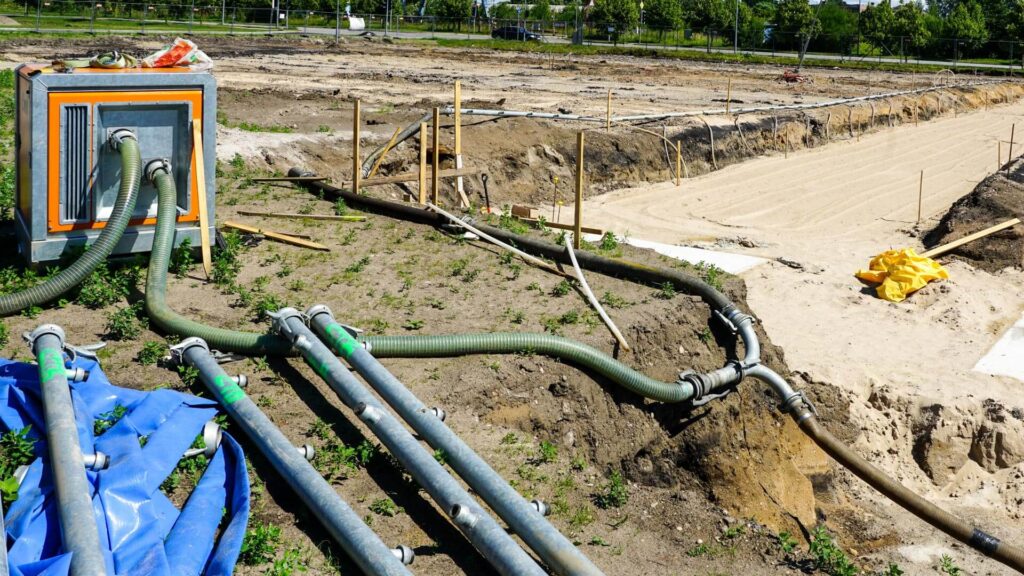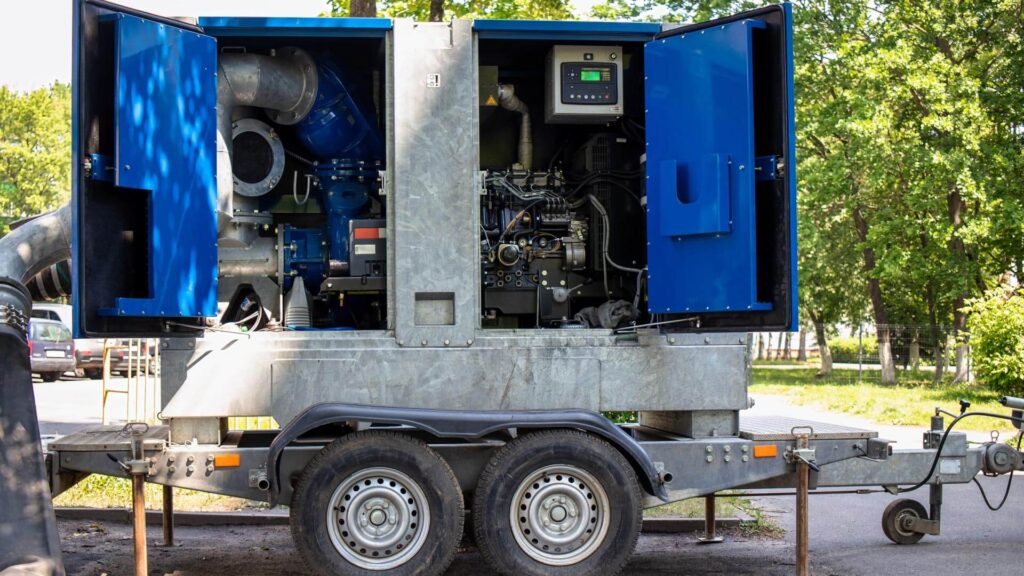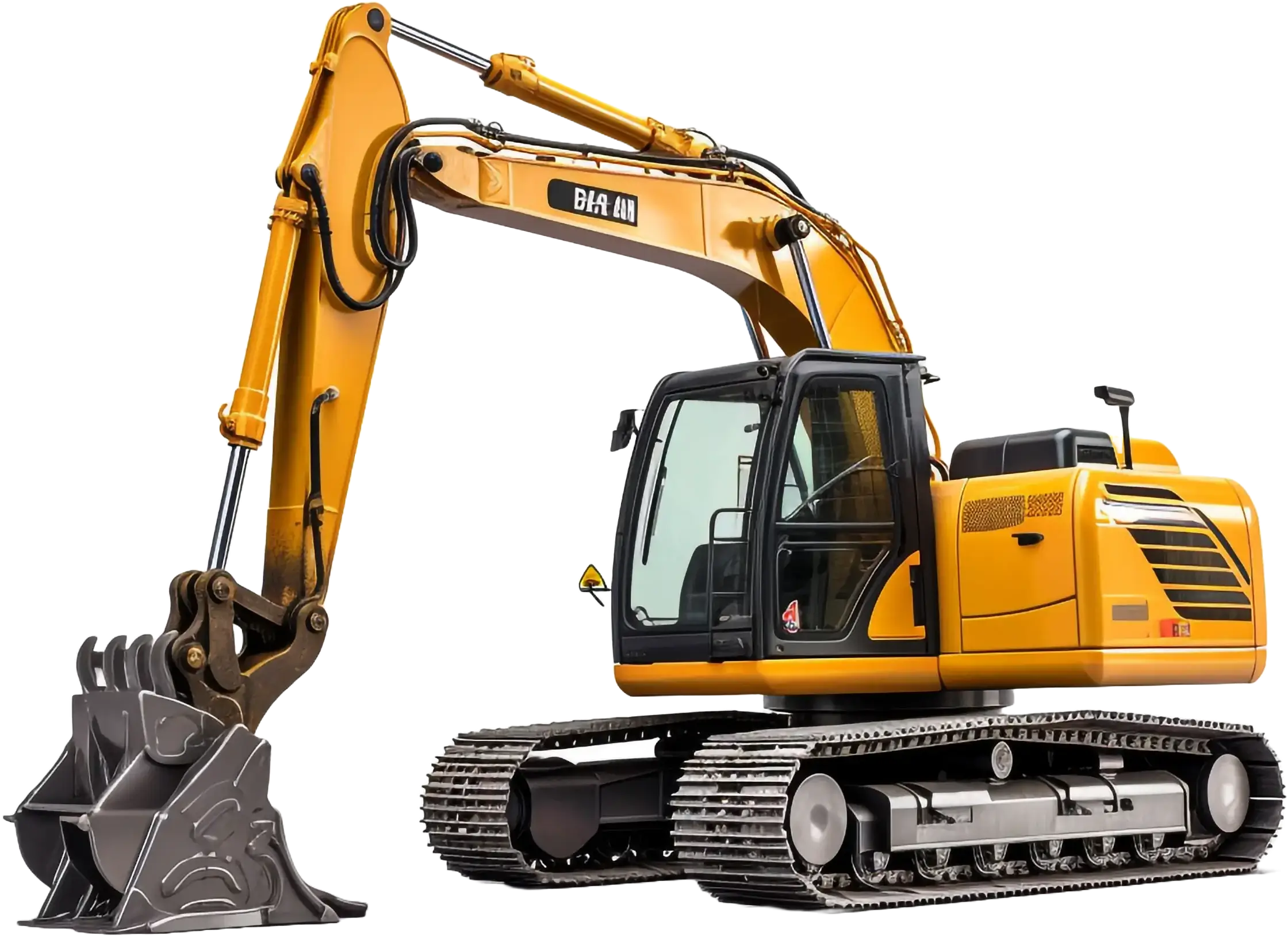Efficient water management is essential across a range of settings, from residential basements to large construction sites. Managing excess water quickly and effectively can prevent significant damage and maintain a safe environment. This is where water removal pumps come into play. These pumps are designed to efficiently remove unwanted water from specific areas, ensuring spaces remain dry and safe. Water removal pumps are invaluable tools in various applications, including flood response, construction site maintenance, and routine household drainage. Choosing the right water removal pump types for each situation ensures effective and efficient water extraction. The variety in water removal pumps allows for tailored solutions based on specific needs.
Key Water Removal Pump Types
Selecting the right pump depends on the specific application and the type of water that needs removal. Here’s an overview of some of the most popular types of water removal pumps, each suited for different scenarios.
Submersible Pumps
Submersible pumps are among the most effective water removal equipment for extracting water from deep or submerged areas. As the name suggests, these pumps operate while fully submerged in water. They draw water through an intake and pump it out, making them ideal for flooded basements, pools, and other waterlogged areas. Submersible pumps are known for their efficiency and high capacity, as they can handle large volumes of water with minimal effort.
These pumps are often regarded as reliable pumps to remove water during emergencies due to their robust design and ease of setup. When an area is completely flooded, submersible pumps work quickly and efficiently, making them essential tools in emergency flood response. Many households and businesses rely on submersible water removal pumps for fast and effective drainage.
Centrifugal Pumps
Centrifugal pumps are designed to move water at high speed, making them ideal for large-scale water removal tasks. These pumps use a rotating impeller to create centrifugal force, which rapidly draws water in and expels it. Because of their speed, centrifugal pumps are commonly used on construction sites, in agricultural fields, and in other industrial settings where quick drainage is necessary.
These pumps are highly regarded among water removal pump types for their ability to move large quantities of water swiftly, making them a go-to choice for applications requiring high-speed water movement. Centrifugal pumps are highly effective pumps for water removal in situations where continuous flow is needed to keep up with ongoing water accumulation. In various industries, centrifugal water removal pumps are essential for fast water extraction over extensive areas.
Utility Pumps
Utility pumps are compact, portable, and versatile, making them a convenient choice for smaller-scale water removal tasks. Known for their adaptability, utility pumps can be quickly set up to remove minor water accumulations, such as small basement floods or standing water in pools. Homeowners often choose utility pumps for water removal around the house because they are lightweight and easy to store.
Utility pumps are a great option for households due to their portability and compact size. They are commonly used as a pump to remove water in cases where quick setup is essential, such as draining a small pool or tackling light basement flooding. Their convenience makes utility pumps an adaptable solution for routine home drainage. For light residential needs, utility water removal pumps provide efficiency and ease of use.
Trash Pumps
Trash pumps are designed to handle water that may contain debris, such as mud, leaves, or sand. These pumps are equipped with larger impellers and more durable parts, enabling them to handle tougher environments where water is mixed with solid materials. Trash pumps are particularly useful in outdoor settings, including construction sites and areas prone to muddy conditions.
This type of pump is well-suited for water removal in challenging environments where debris could clog other pump types. Trash pumps are an excellent choice when you need a durable pump to remove water in heavy-duty or rugged conditions, as they are built to withstand harsher elements. They are among the most robust water removal equipment, offering reliable performance even in the toughest scenarios. Trash water removal pumps are vital for sites requiring heavy-duty extraction.
Factors to Consider When Choosing Water Removal Pumps
Selecting the right water removal pump involves several considerations to ensure optimal performance and efficiency. Here are some key factors to keep in mind.
Water Type and Application
One of the first factors to consider is the type of water you’ll be dealing with. Different water removal pump types are better suited to specific water conditions. Clearwater, such as that found in swimming pools or basements, can be easily managed with submersible or centrifugal pumps. However, for murky or debris-filled water, trash pumps are the better option.
The specific application also matters. For instance, a construction site may require a centrifugal pump due to the high-speed water movement needed. Conversely, a homeowner dealing with a minor basement leak may find a utility pump to be more practical.
Pumping Speed and Power Source
The speed of water removal is typically measured in gallons per minute (GPM). A pump with a high GPM will remove water more quickly, which is essential for situations where time is critical. When choosing water removal pumps, consider the desired pumping speed based on the application.
Additionally, consider the power source. Electric pumps are often suitable for indoor use where there’s access to power, while fuel-powered pumps are ideal for remote or outdoor locations where electricity may not be available. Choosing the right power source can help ensure your pumps for water removal perform effectively wherever they are needed. High-GPM water removal pumps are generally preferred for high-demand applications.
Maintenance and Durability
Different water removal pumps come with various maintenance needs. For instance, trash pumps may require regular cleaning due to the debris they encounter. Submersible and centrifugal pumps also need periodic checks to ensure they continue to function at optimal performance. Durability is a crucial consideration, especially if the pump will be used frequently or in challenging environments.
Choosing a durable pump not only ensures reliability but also minimizes maintenance and replacement costs over time. Heavy-duty water removal equipment are generally recommended for industrial or construction settings, where they will be used frequently and in demanding conditions.

Top Recommendations for Water Removal Pumps
Below are a few highly recommended water removal pumps, each suited for different applications:
- Submersible Pump (Model A): This submersible pump is designed for both residential and light commercial use. It’s ideal for flooded basements, pools, and other deep water settings. Its high efficiency and easy setup make it a reliable pump to remove water in emergency situations. Submersible water removal pumps like this one are essential for fast-action scenarios.
- Centrifugal Pump (Model B): Known for its high GPM rate, this centrifugal pump is an excellent choice for construction sites and other large areas. Its ability to move water quickly over extensive spaces makes it one of the most efficient pumps for water removal in large areas. This model’s durability and consistent performance make it a popular choice among industrial users. Centrifugal water removal pumps are highly regarded for their ability to handle extensive water removal needs.
- Trash Pump (Model C): Designed for rugged outdoor environments, this trash pump handles water with debris effectively. Its durable construction makes it suitable for muddy or sandy water removal, making it one of the best water removal pumps for challenging conditions.
Conclusion
Water removal pumps are essential tools for managing water effectively and ensuring safe, dry spaces in various settings. Choosing the right type of pump can make a significant difference, whether you’re tackling minor basement flooding, draining a pool, or handling waterlogged conditions on a construction site. Understanding the specific requirements of your application, the type of water involved, and the necessary pumping speed and power source can help you select the most efficient water removal pump types.
With the right pump to remove water quickly and reliably, you can ensure your environment stays safe and functional. Explore the best water removal equipment to meet your drainage needs and keep your space dry and secure. Water removal pumps are more than just tools—they are solutions for a variety of water management needs.




